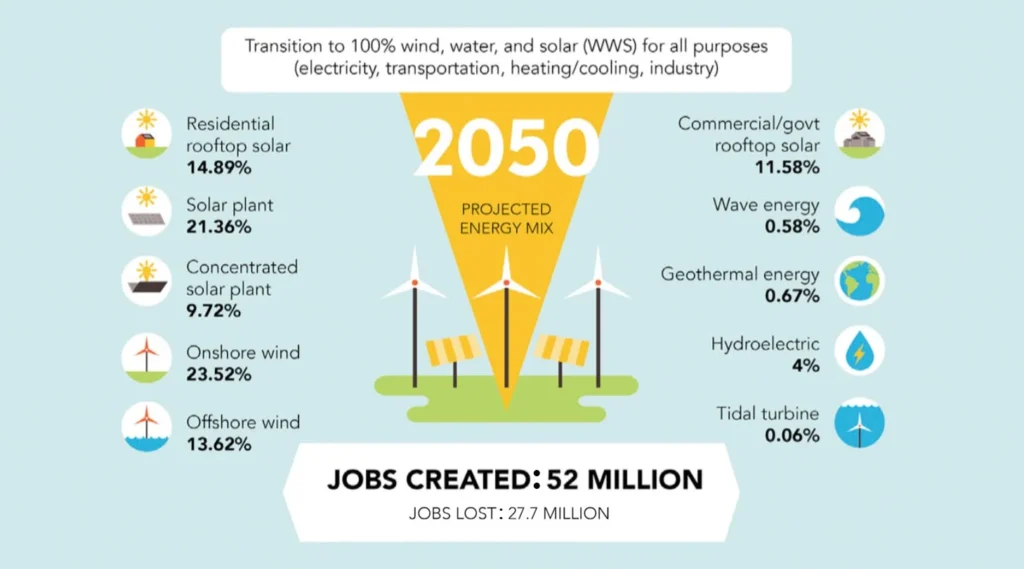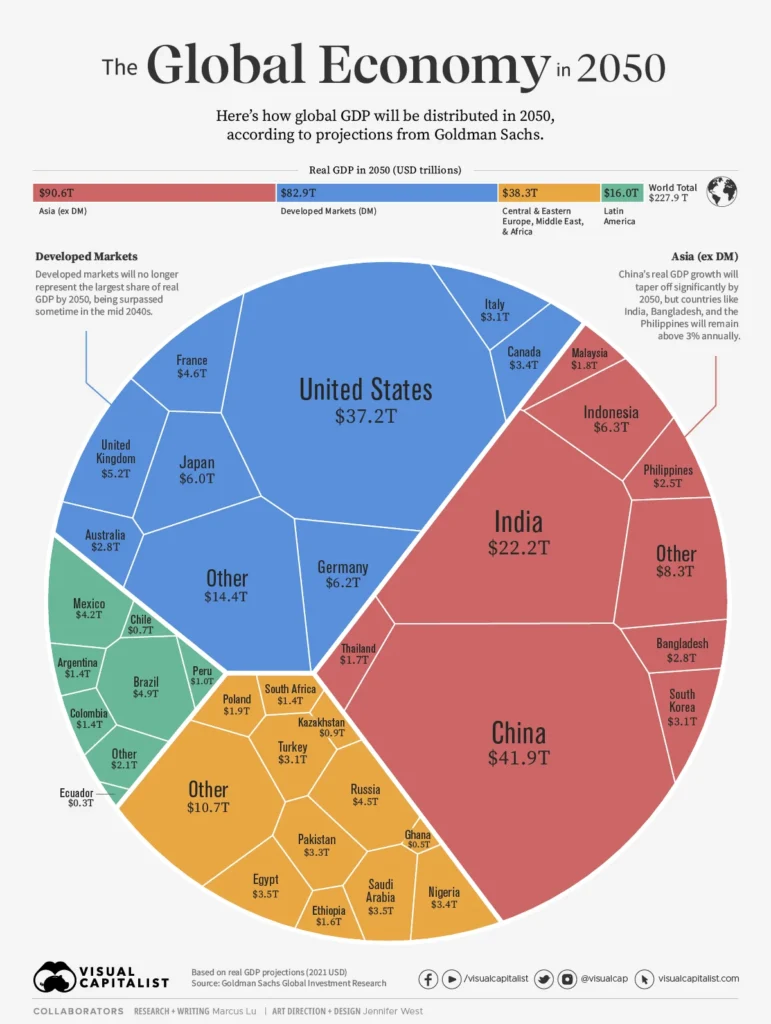Renewable energy is an increasingly important topic around the world, with countries striving to reduce their reliance on fossil fuels and transition to more sustainable sources. “Renewable Energy Around The World: Success Stories And Challenges” explores the progress and obstacles faced by different nations in this transition, highlighting the success stories and the ongoing challenges in the renewable energy sector. From solar and wind power to hydroelectric and geothermal energy, countries are making significant strides in harnessing the power of renewable resources to meet their energy needs while combating climate change. Despite the progress, there are still challenges to overcome in terms of infrastructure, investment, and policy frameworks.
As the demand for clean and sustainable energy grows, “Renewable Energy Around The World: Success Stories And Challenges” provides insights into how countries are embracing renewable energy technologies and overcoming barriers to implementation. This comprehensive exploration delves into the economic, environmental, and social impacts of renewable energy adoption, shedding light on the innovative solutions and best practices that are driving the global energy transition. Moreover, the book examines the role of government policies, public-private partnerships, and international collaborations in advancing renewable energy development on a global scale. Through case studies and expert analysis, readers gain a deeper understanding of the opportunities and challenges associated with renewable energy around the world.
1. Solar Power in Germany
Germany has been a global leader in solar power, with a strong commitment to renewable energy and a supportive policy framework. The country has invested heavily in solar photovoltaic (PV) technology and has seen significant growth in solar installations over the past few decades. The “Energiewende” (energy transition) policy aims to transition Germany to a low-carbon, nuclear-free economy, and solar power has played a crucial role in this transition. The government has provided various incentives, such as feed-in tariffs and investment grants, to promote the adoption of solar energy among households, businesses, and local communities.
In addition to the environmental benefits of reducing greenhouse gas emissions, solar power has also created economic opportunities in Germany. The solar industry has generated jobs and spurred innovation, making the country a global hub for solar technology development and manufacturing. However, challenges remain, including the need for grid modernization and energy storage solutions to fully integrate solar power into the electricity system.
2. Wind Energy in Denmark
Denmark has been a pioneer in wind energy, with a long history of investment in and development of wind power technologies. The country has set ambitious targets to increase the share of renewable energy in its energy mix, and wind power has been a central focus of these efforts. Denmark’s success in wind energy can be attributed to its favorable natural conditions for wind power generation, as well as supportive government policies and public-private partnerships.
Wind energy has not only reduced Denmark’s reliance on fossil fuels but has also positioned the country as a global leader in wind turbine manufacturing and technology. Danish companies have exported wind turbines and expertise to countries around the world, contributing to the global expansion of wind power. Despite these achievements, challenges such as intermittency and grid integration have required innovative solutions, including energy storage and demand response technologies, to maximize the benefits of wind energy.
3. Hydropower in Norway
Norway is a prime example of a country that has successfully harnessed the power of its natural resources, particularly hydropower. With an abundance of rivers and water resources, Norway has developed a significant portion of its electricity generation capacity from hydropower, making it one of the cleanest and most reliable sources of energy in the country. Hydropower has been a cornerstone of Norway’s energy system for over a century, providing a stable and renewable source of electricity for its population and industries.
Furthermore, Norway’s strategic use of hydropower has allowed it to become a major exporter of renewable energy to neighboring countries, contributing to the decarbonization of the wider European energy market. The flexibility and storage capabilities of hydropower have also made it a valuable asset for integrating intermittent renewables like wind and solar into the grid. However, environmental and social considerations, such as the impact on local ecosystems and indigenous communities, have prompted ongoing dialogue and responsible development practices in the hydropower sector.
4. Geothermal Energy in Iceland
Iceland stands out as a global success story in geothermal energy, leveraging its unique geological features to produce renewable energy. The country’s geothermal resources have been tapped for heating, electricity generation, and various industrial applications, providing a sustainable and resilient energy source for its small but energy-intensive economy. Iceland’s use of geothermal energy has significantly reduced its dependence on imported fossil fuels and lowered the carbon intensity of its energy supply.
Moreover, Iceland’s expertise in geothermal technology and its commitment to innovation have positioned it as a knowledge hub for geothermal development, attracting international partnerships and investments. The utilization of geothermal energy has also contributed to Iceland’s efforts to address climate change and promote environmental sustainability. However, the expansion of geothermal energy infrastructure has raised considerations related to land use, resource management, and the potential for induced seismicity, necessitating careful planning and community engagement.
5. Bioenergy in Sweden
Sweden has made significant strides in the use of bioenergy, particularly through the sustainable management of its forests and the conversion of biomass into heat, electricity, and transportation fuels. By utilizing wood residues, agricultural waste, and other organic materials, Sweden has been able to substitute fossil fuels with renewable bioenergy sources, contributing to its overall energy security and carbon reduction goals. The country’s bioenergy sector has also fostered rural development and created new economic opportunities in the forestry and agricultural sectors.
Furthermore, Sweden has been at the forefront of developing advanced bioenergy technologies, such as biofuels and biogas, as part of its broader efforts to decarbonize the transportation sector. The integration of bioenergy with other renewable energy sources and energy-efficient practices has strengthened Sweden’s position as a leader in sustainable energy systems. However, the sustainability of bioenergy production, including its environmental and social impacts, continues to be a subject of scrutiny and requires robust governance and certification frameworks.
6. Solar Power in India
India has emerged as a global leader in solar power deployment, driven by its ambitious renewable energy targets, declining solar technology costs, and supportive government policies. The country’s “Solar Mission” aims to significantly increase the capacity of solar energy in India, addressing the dual objectives of energy access and climate change mitigation. Solar power has played a critical role in expanding electricity access to remote and underserved communities, while also contributing to the diversification of India’s energy mix.
Moreover, India’s commitment to large-scale solar projects and distributed solar installations has attracted substantial investments and spurred job creation in the solar industry. The country’s efforts to localize solar manufacturing and promote domestic solar equipment production have further bolstered its position in the global solar market. Nonetheless, challenges related to grid integration, land availability, and financial viability of solar projects call for continued innovation and collaboration to ensure the sustainable growth of solar power in India.
7. Wind Energy in China
China has rapidly emerged as a leader in wind energy, surpassing many developed countries in terms of installed wind capacity and technological advancements. The country’s aggressive pursuit of renewable energy deployment, driven by concerns about air pollution, energy security, and climate change, has led to significant investments in wind power infrastructure. China’s vast land area and favorable wind resources have enabled the rapid expansion of both onshore and offshore wind farms, contributing to the diversification of its energy portfolio.
Furthermore, China’s domestic manufacturing capabilities and scale of production have positioned it as a dominant player in the global wind turbine market, driving down costs and accelerating the global adoption of wind energy. The integration of wind power into China’s electricity grid, however, has presented operational and regulatory challenges, including curtailment of wind generation and grid congestion. Addressing these challenges will require coordinated efforts across the government, industry, and research institutions to optimize the efficiency and reliability of China’s wind energy infrastructure.
8. Hydropower in Brazil
Brazil has harnessed its abundant water resources to become one of the largest producers of hydropower in the world, with a significant portion of its electricity coming from hydroelectric plants. The country’s strategic development of hydropower infrastructure has provided a reliable and affordable source of renewable energy, supporting its growing economy and expanding population. Hydropower has also played a crucial role in reducing Brazil’s reliance on fossil fuels and mitigating the impacts of climate change.
Moreover, Brazil’s leadership in hydropower has extended to the development of innovative technologies, such as run-of-river and pumped storage hydropower, to enhance the flexibility and sustainability of its energy system. The integration of hydropower with other renewable energy sources, such as wind and solar, has further diversified Brazil’s energy mix and strengthened its resilience to climate variability. However, environmental considerations, including deforestation, land use changes, and impacts on indigenous communities, have prompted discussions about the trade-offs and sustainable management of Brazil’s hydropower resources.
9. Geothermal Energy in Kenya
Kenya has capitalized on its geothermal potential to become a leader in geothermal energy development, leveraging its geologically active Rift Valley to produce clean and reliable electricity. Geothermal power has significantly reduced Kenya’s dependence on fossil fuels and stabilized its energy supply, contributing to the country’s economic growth and energy access objectives. The expansion of geothermal energy has also supported regional energy integration and export opportunities, strengthening Kenya’s position as an energy hub in East Africa.
Furthermore, Kenya’s success in geothermal energy has attracted international investments and partnerships, driving innovation and capacity building in geothermal exploration and technology. The government’s commitment to expanding geothermal capacity and diversifying its energy mix has been complemented by efforts to address environmental and social considerations, such as land use planning and community engagement. Nevertheless, ongoing investments in infrastructure and transmission networks are necessary to fully realize the potential of geothermal energy and ensure its equitable distribution across Kenya.
10. Bioenergy in the United States
The United States has made significant strides in the development and deployment of bioenergy, utilizing a diverse range of feedstocks, including agricultural residues, forestry biomass, and organic waste, to produce biofuels, biopower, and bioproducts. Bioenergy has played a crucial role in reducing the country’s reliance on fossil fuels, enhancing energy security, and supporting rural economies. The expansion of bioenergy has also contributed to the diversification of the U.S. energy portfolio and the reduction of greenhouse gas emissions.
| Country | Success Stories | Challenges |
|---|---|---|
| Germany | Leading the way in solar energy production | Transitioning from nuclear power |
| China | Investing heavily in wind power | Struggling with air pollution from coal |
| United States | Expanding use of hydroelectric power | Political debates over renewable energy policies |
conclusıon
Renewable energy has made significant strides around the world, with countries like Germany, China, and the United States leading the way in different forms of renewable energy production. However, challenges such as transitioning from traditional energy sources, air pollution, and political debates remain obstacles to widespread adoption of renewable energy.




